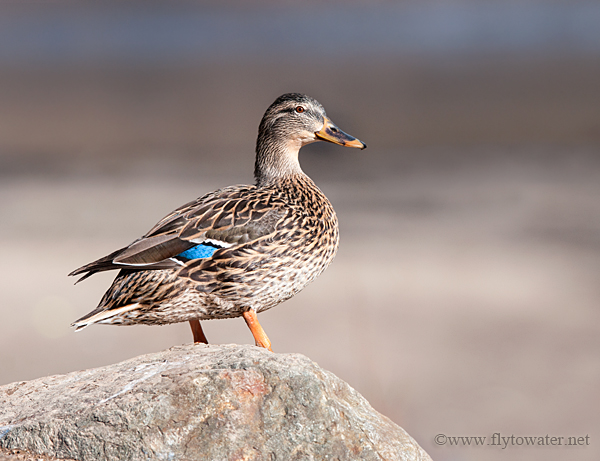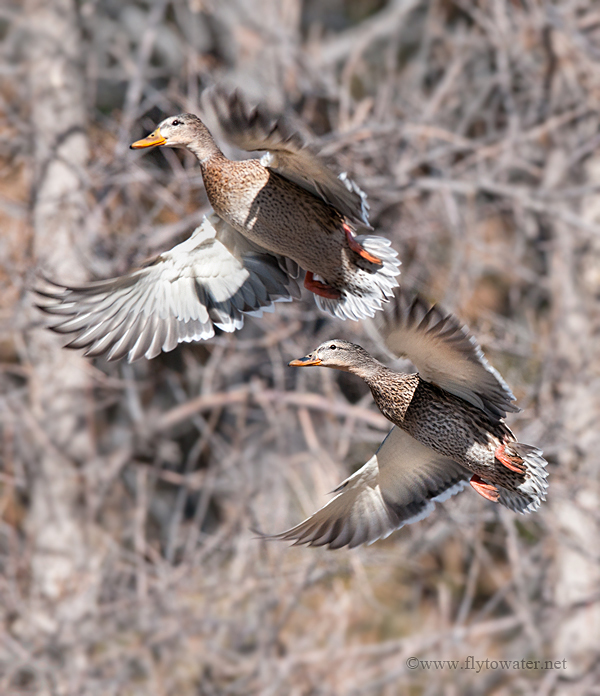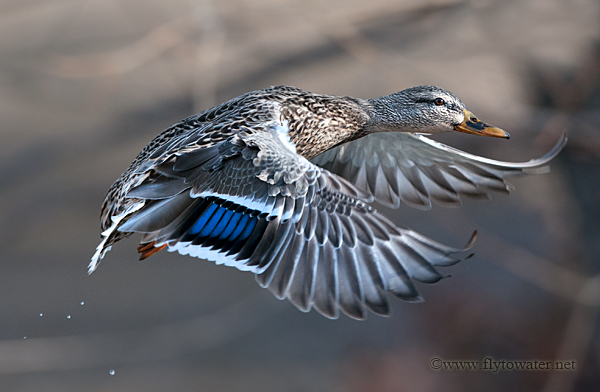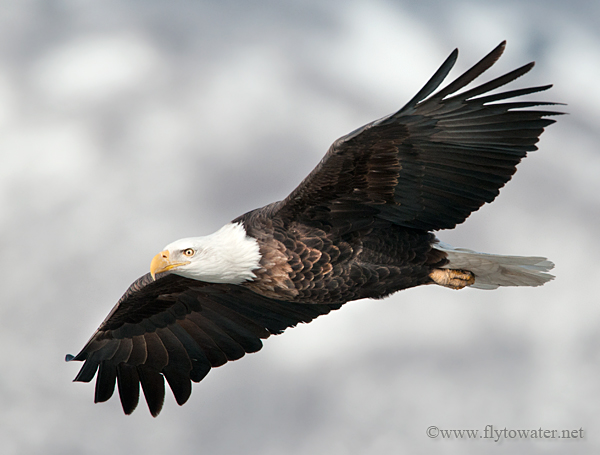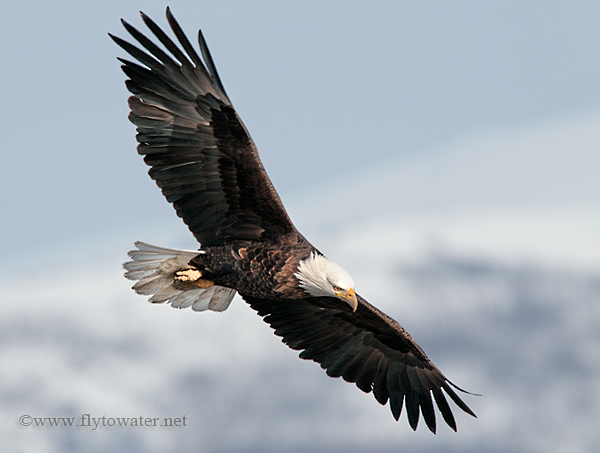Happiness: Note the gleeful and upbeat attitude permeating the countenance, and the complete absence of worldly concern. Casey is the epitome of wellness, which is being made possible by the ease of access to what he terms a "barley pop." The hen rainbow trout avoids direct eye contact in the hope that our angler will not become overly enthusiastic, and also place her in his waders by mistake.

Safety: Crude systems such as the Beer Guzzler Hat violate considerable airspace above and to the sides of the fly angler. Obvious casting hazards are the unavoidable result as well as the heartbreak of backlash during a presentation. The added cranial load of a hat-based system will also increase stress on the neck and spine, resulting in a lack of fishing comfort. The risk of a hook-punctured can and the associated LOB, or Loss Of Beverage, is greatly reduced under the Birkholz Method. Notice how weight is evenly distributed by the wader harness in an ergonomic fashion.
Alert reader Frank Reid pointed out a few dangers that even I had not anticipated HERE. The follies of using a Camelbak® for carbonated liquids include:
Cooling: Arriving at a sufficient depth brings cooling waters into close contact with your beverage of choice, providing on-site refrigeration. The breathable wader membrane is able to keep the label dry during the chilling cycle, preventing the catastrophic loss of grip that is the downfall of coolers everywhere.
If this information helps just one angler, my post will not have been in vain. Bottoms up!
Alert reader Frank Reid pointed out a few dangers that even I had not anticipated HERE. The follies of using a Camelbak® for carbonated liquids include:
- Soft tissue injury resulting from over-pressurization of the closed contrivance, causing the end cap to become a projectile. It's all fun and games until someone loses an eye.
- Getting turned into a "reverse taco" as the shoulder straps become the sportswear equivalent of a reticulated python.
- Proptosis. This is the medical term for the abnormal displacement of the eyeballs, causing them to protrude unnaturally from the orbits, or eye sockets.
Cooling: Arriving at a sufficient depth brings cooling waters into close contact with your beverage of choice, providing on-site refrigeration. The breathable wader membrane is able to keep the label dry during the chilling cycle, preventing the catastrophic loss of grip that is the downfall of coolers everywhere.
If this information helps just one angler, my post will not have been in vain. Bottoms up!











